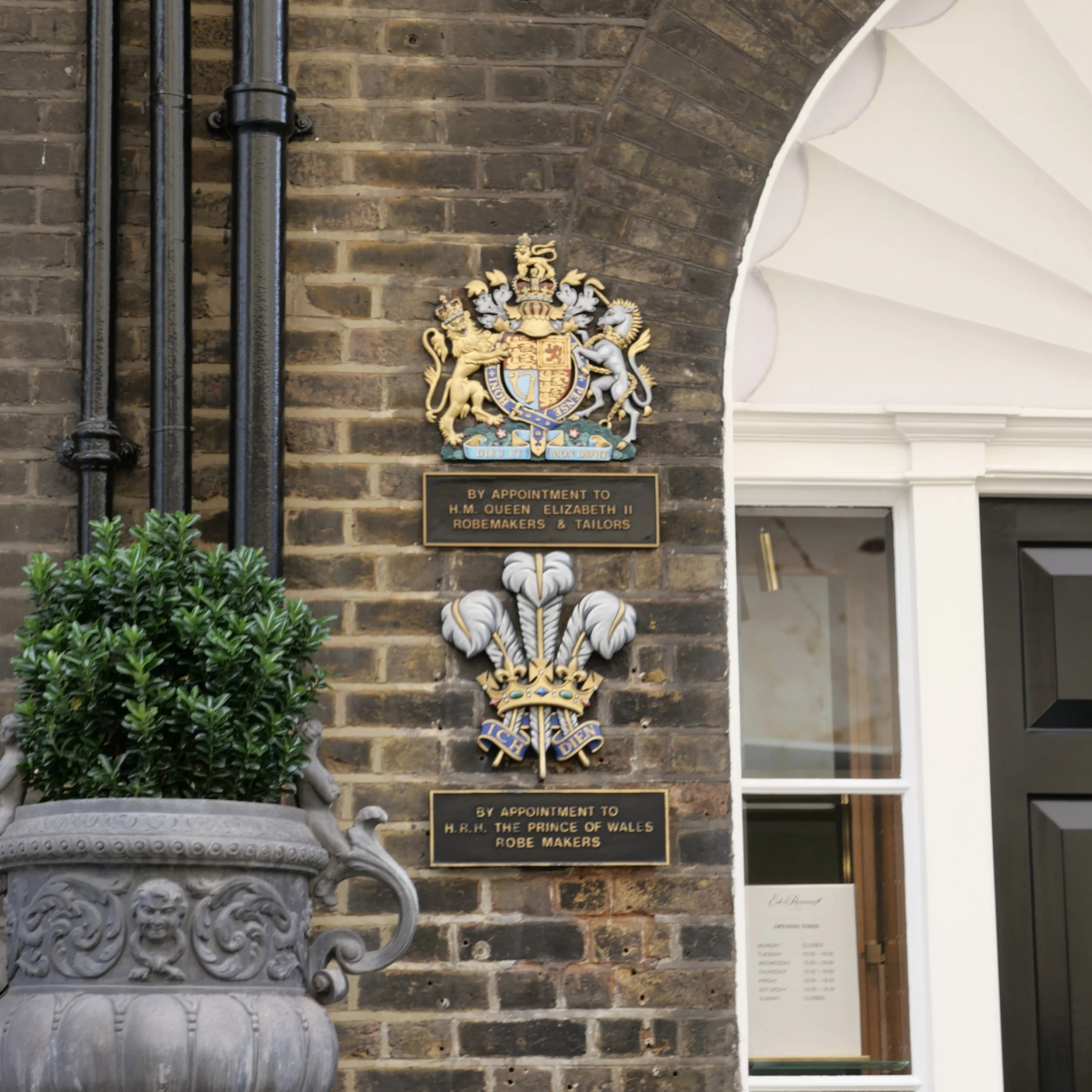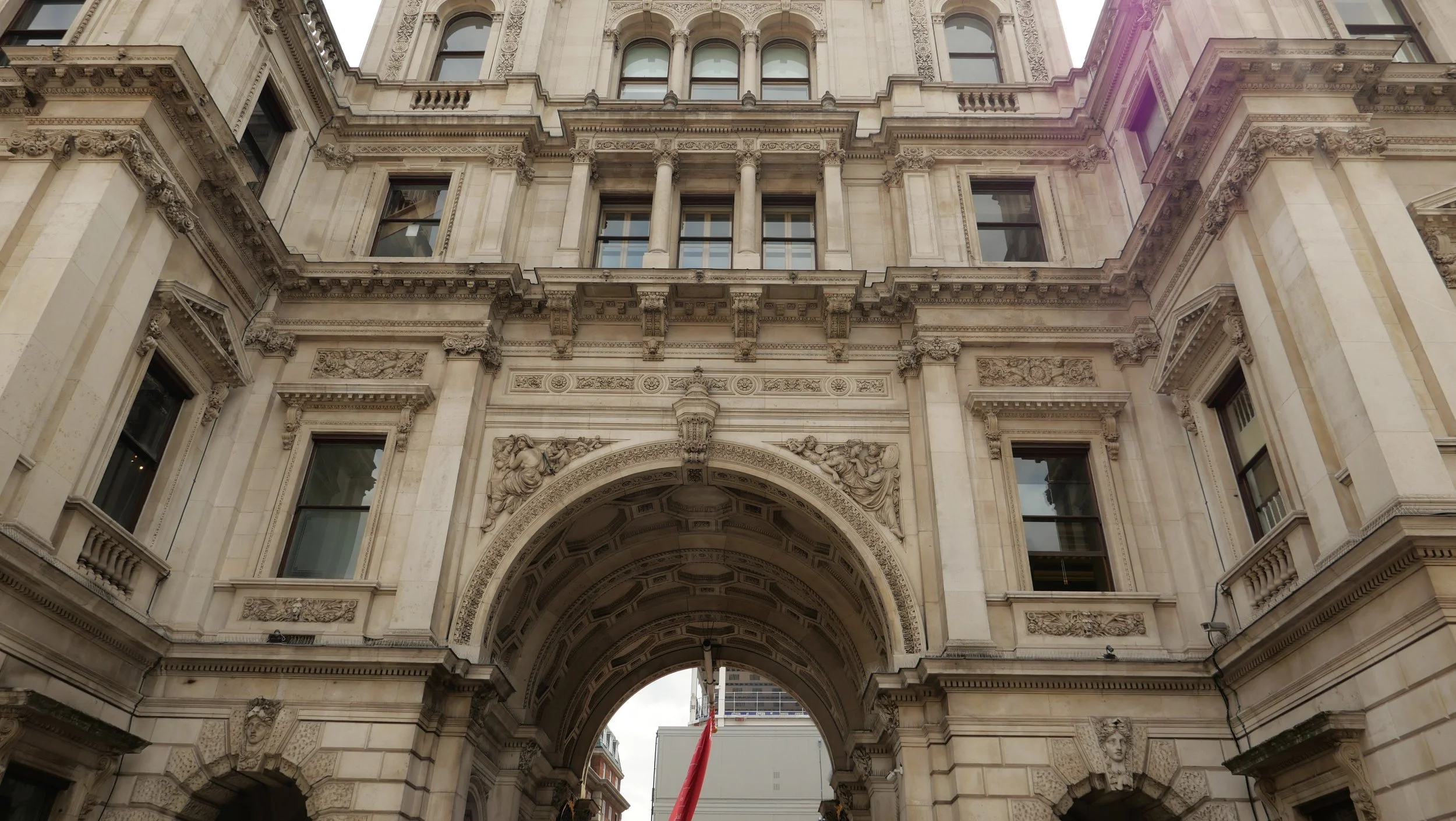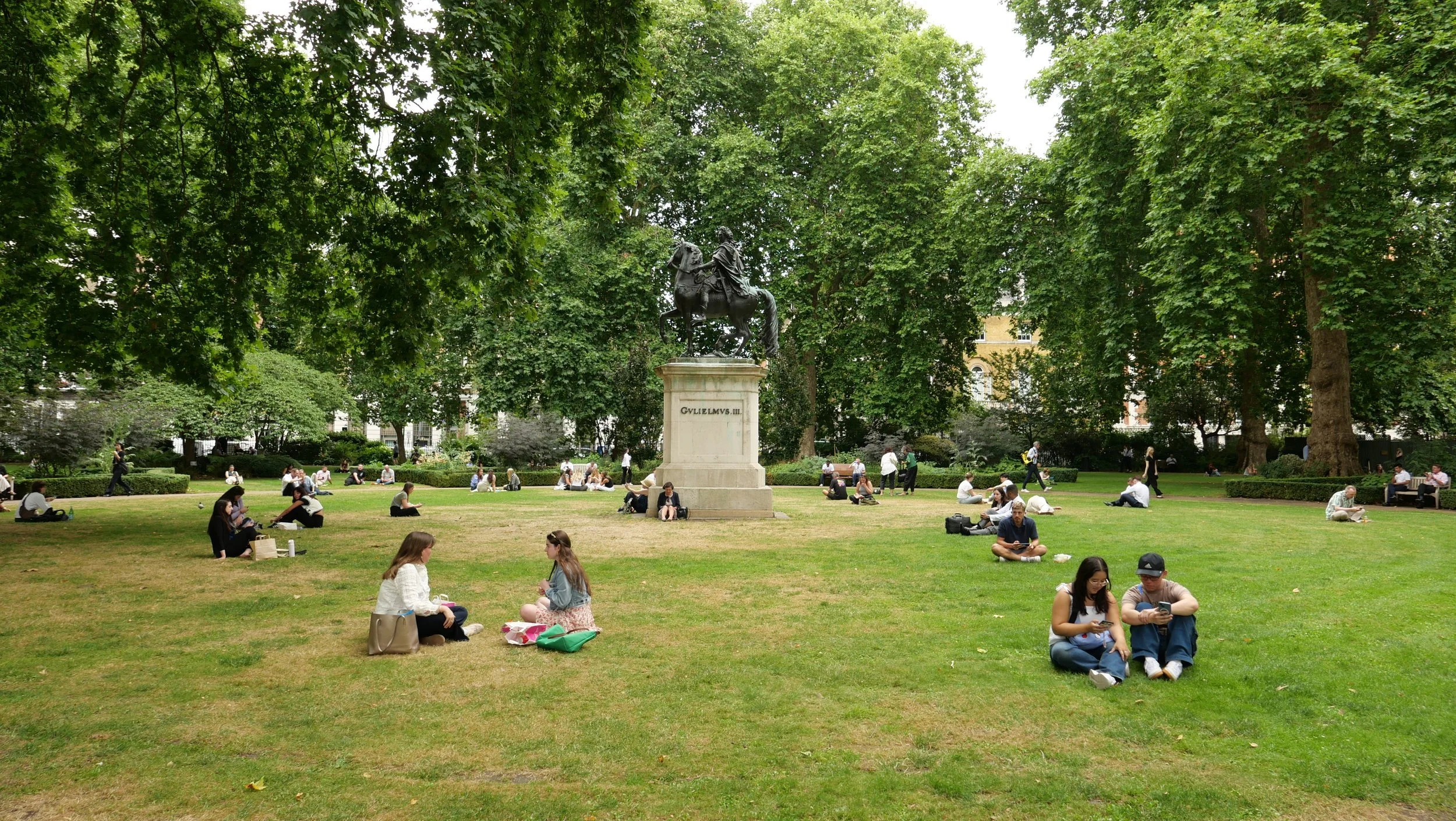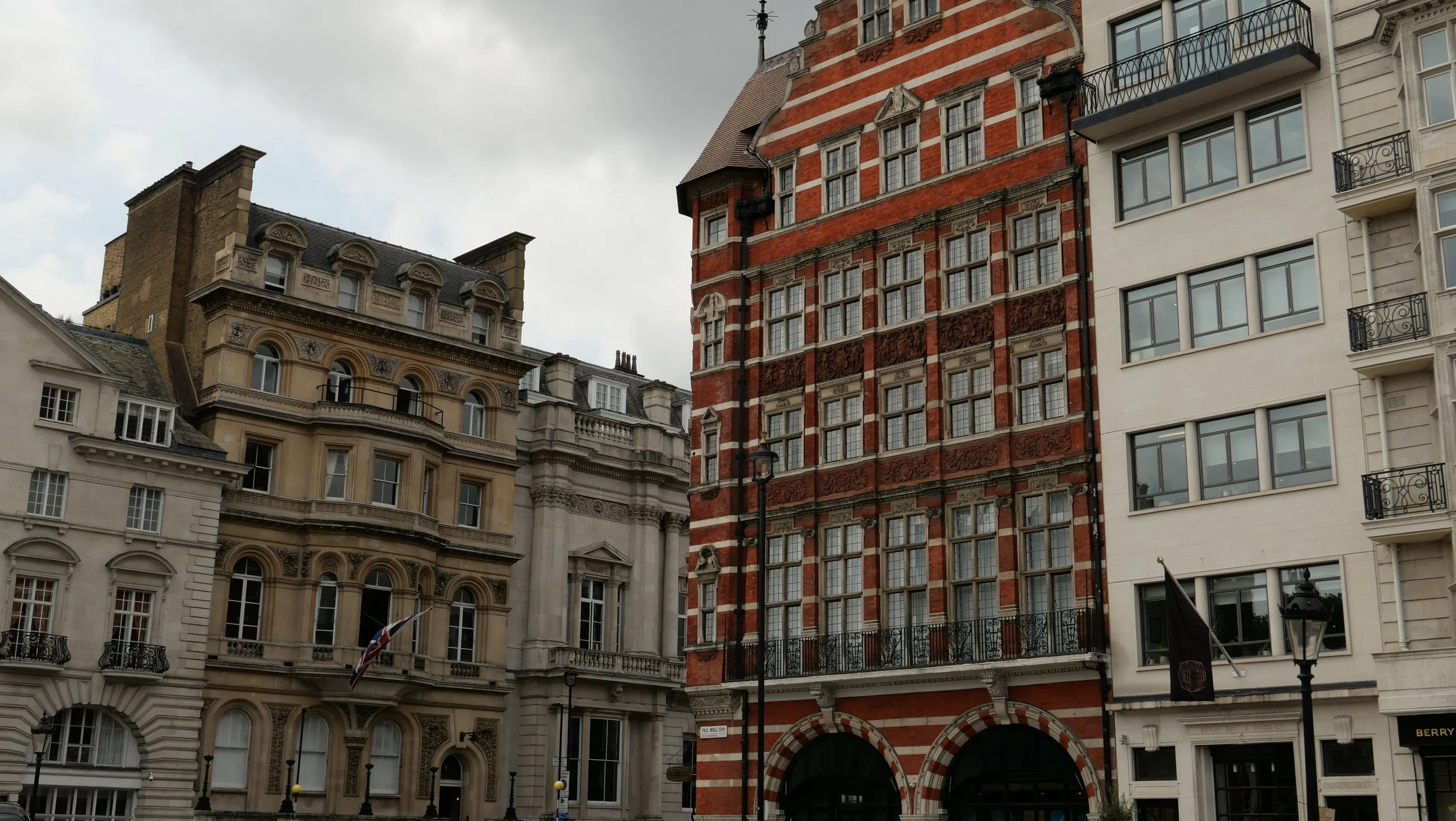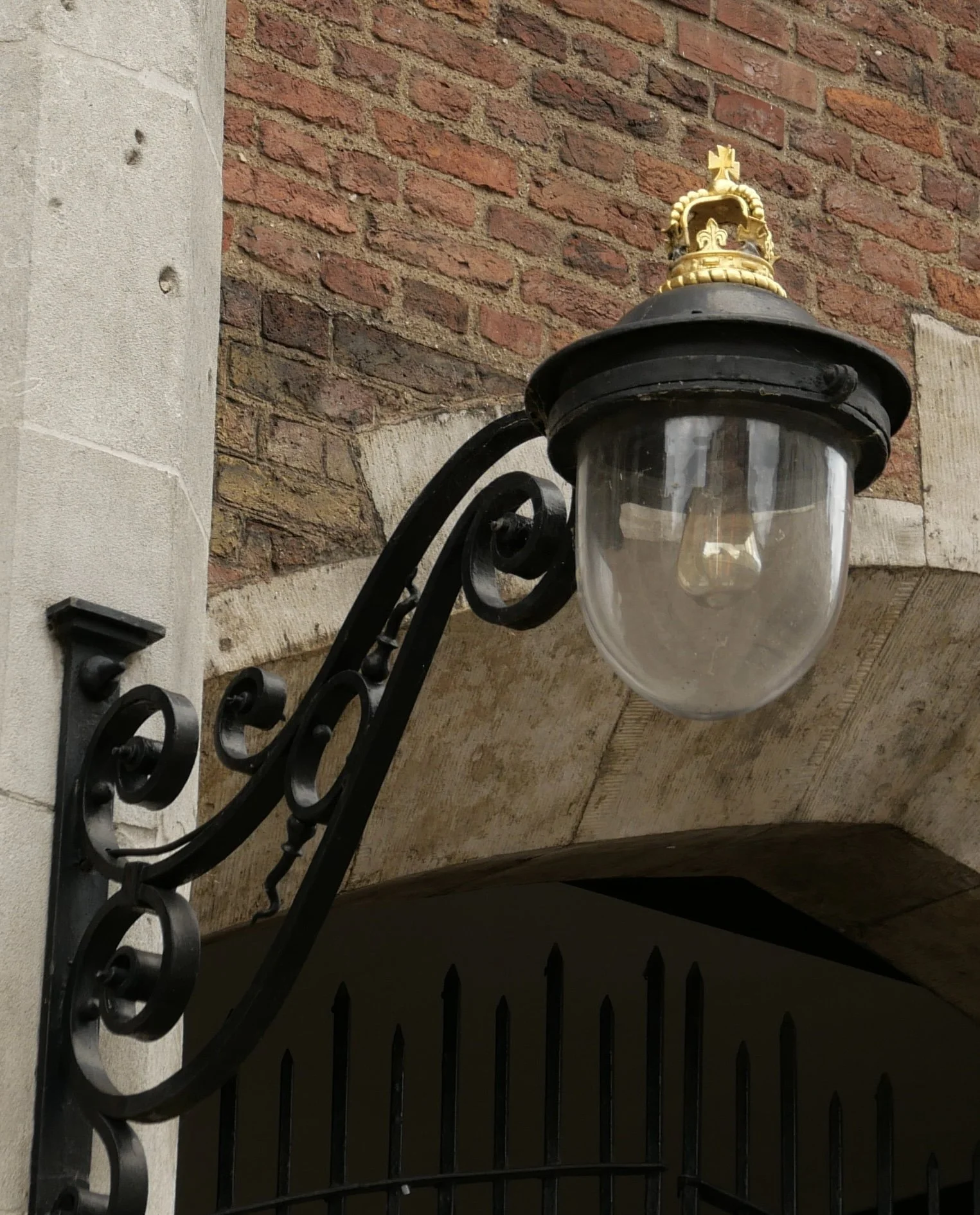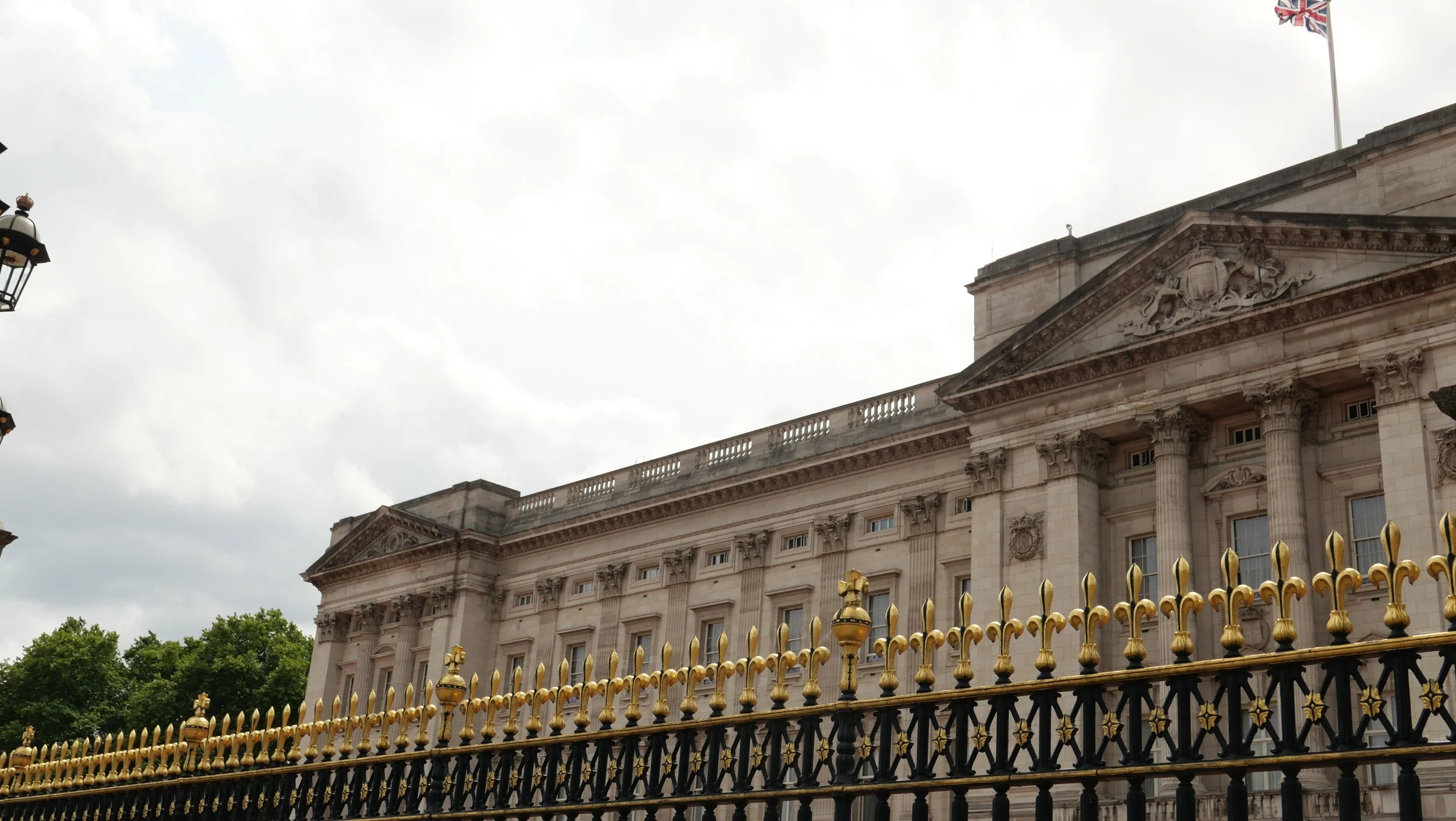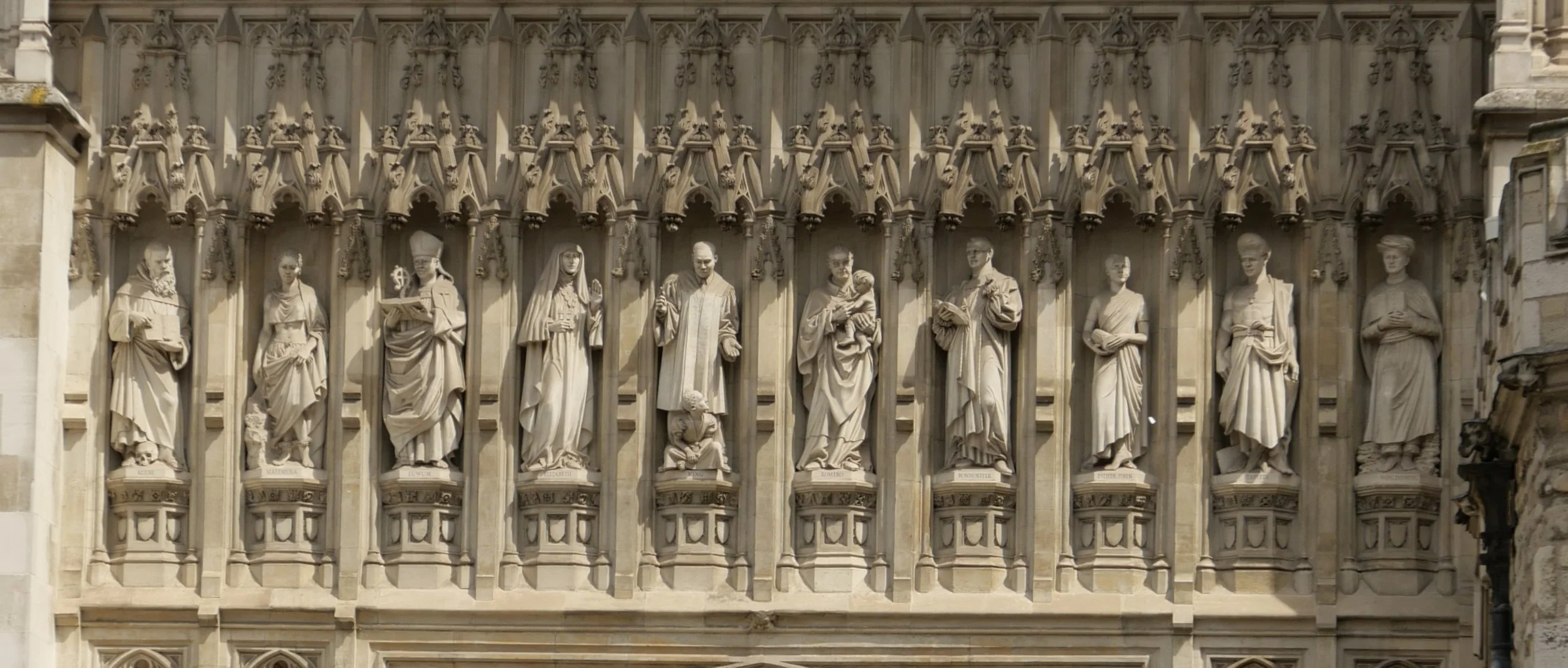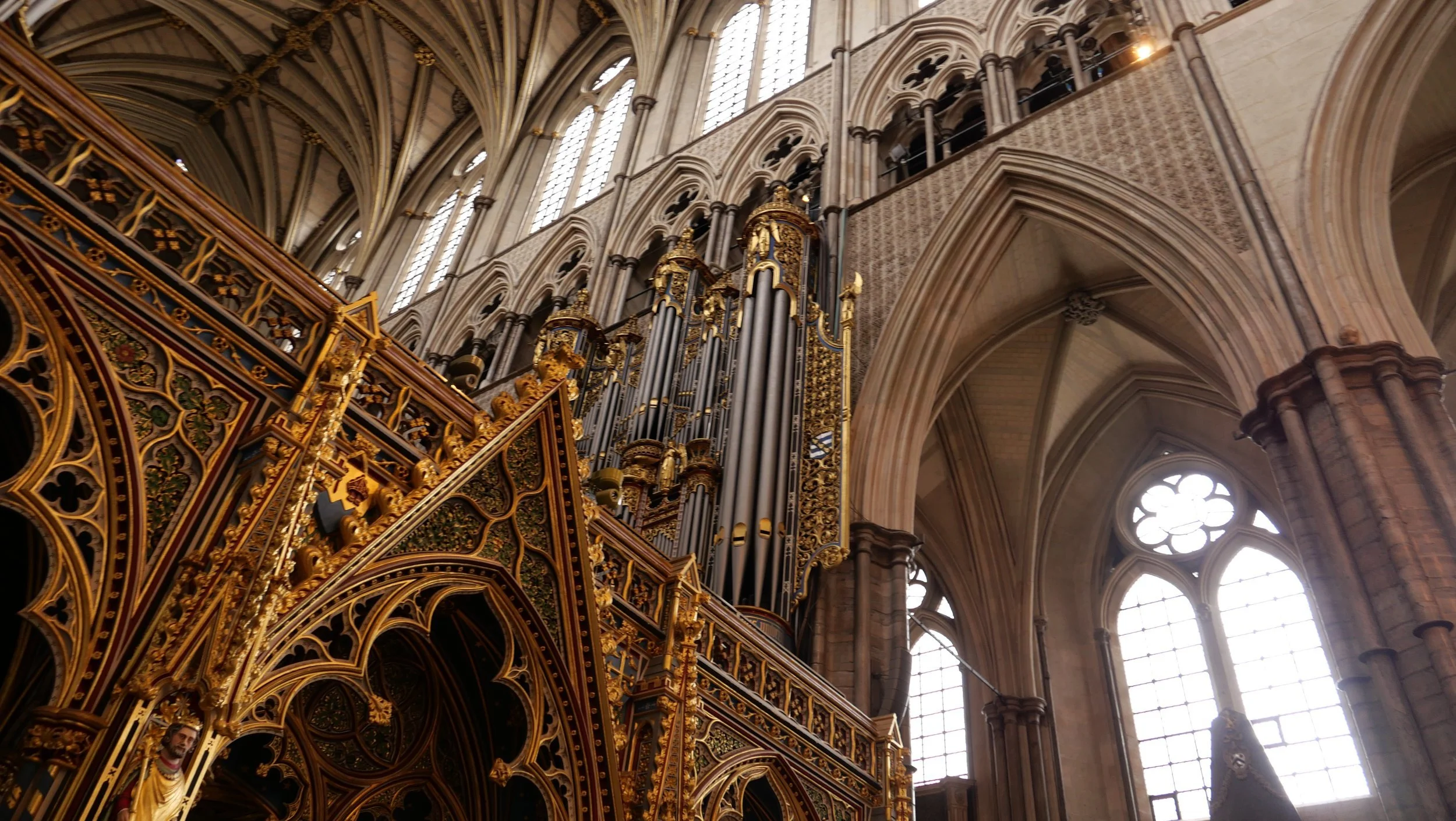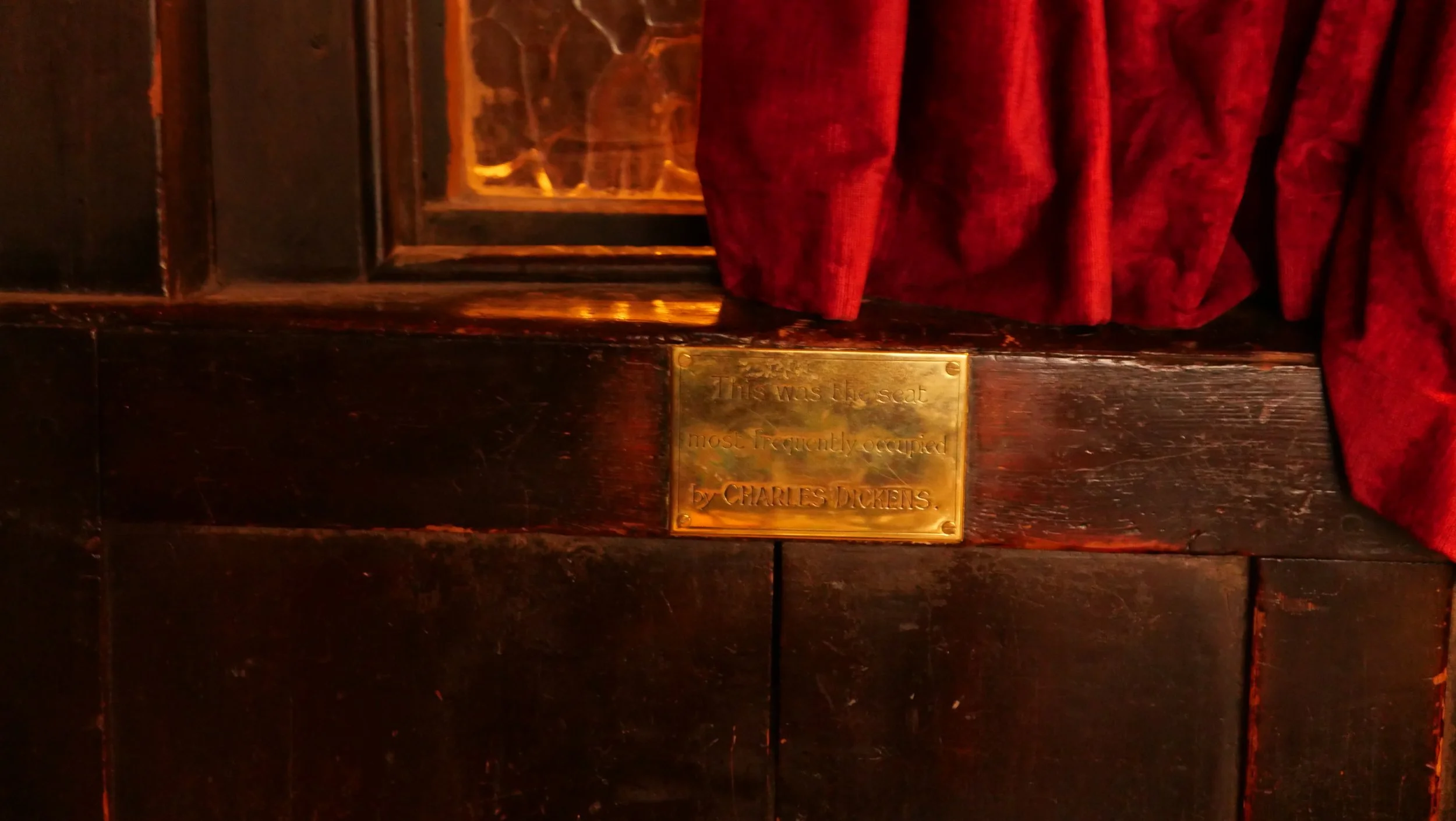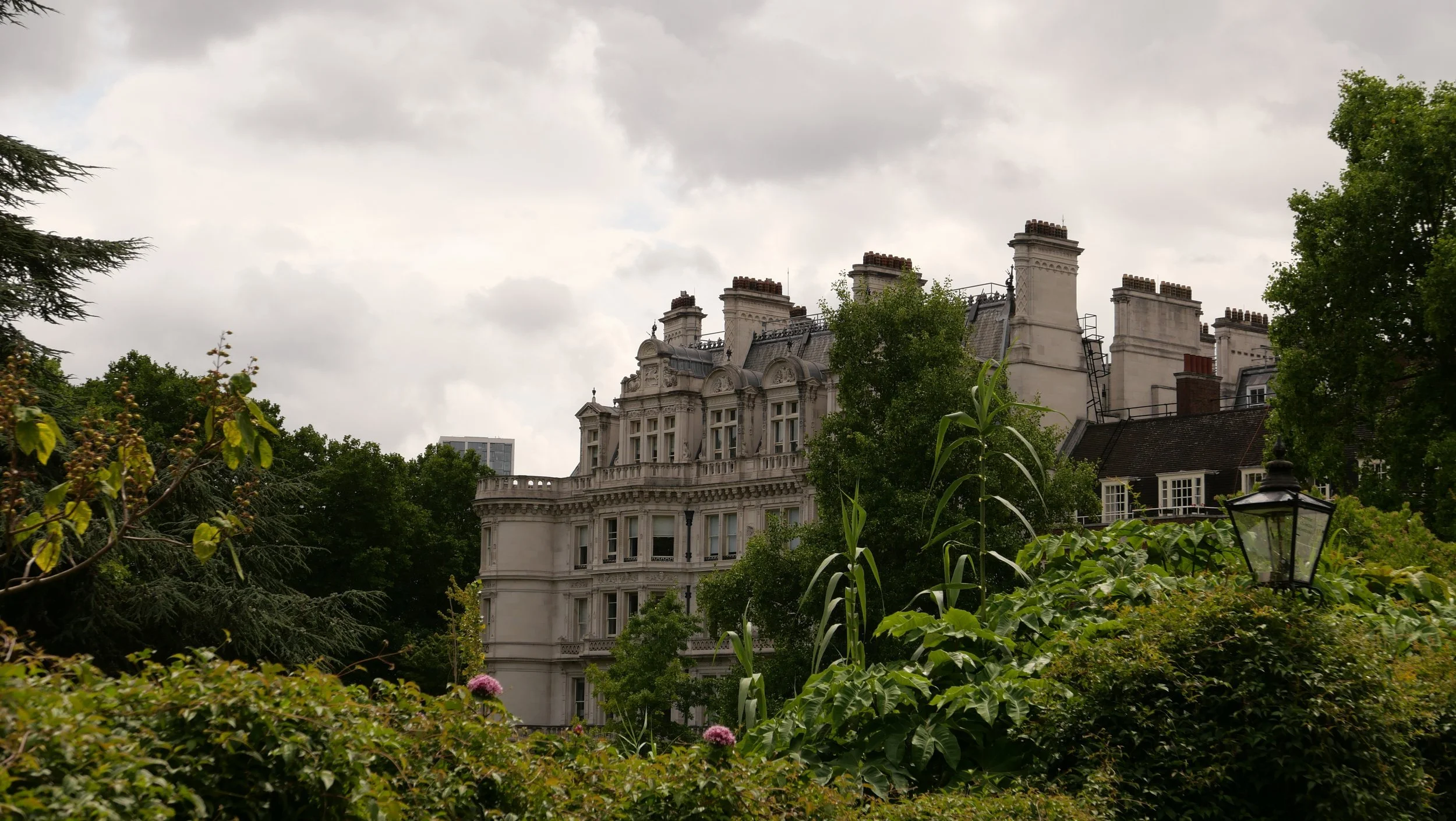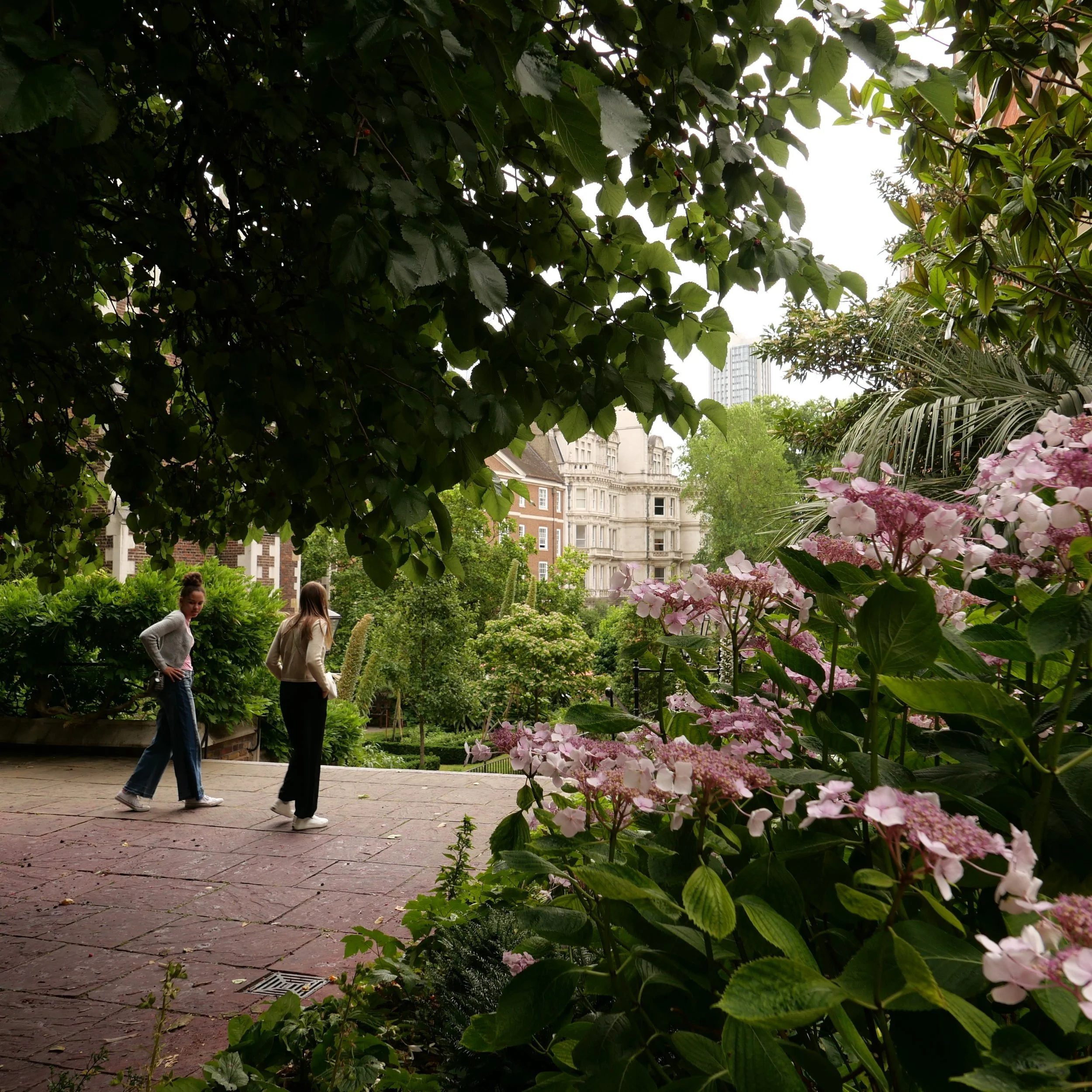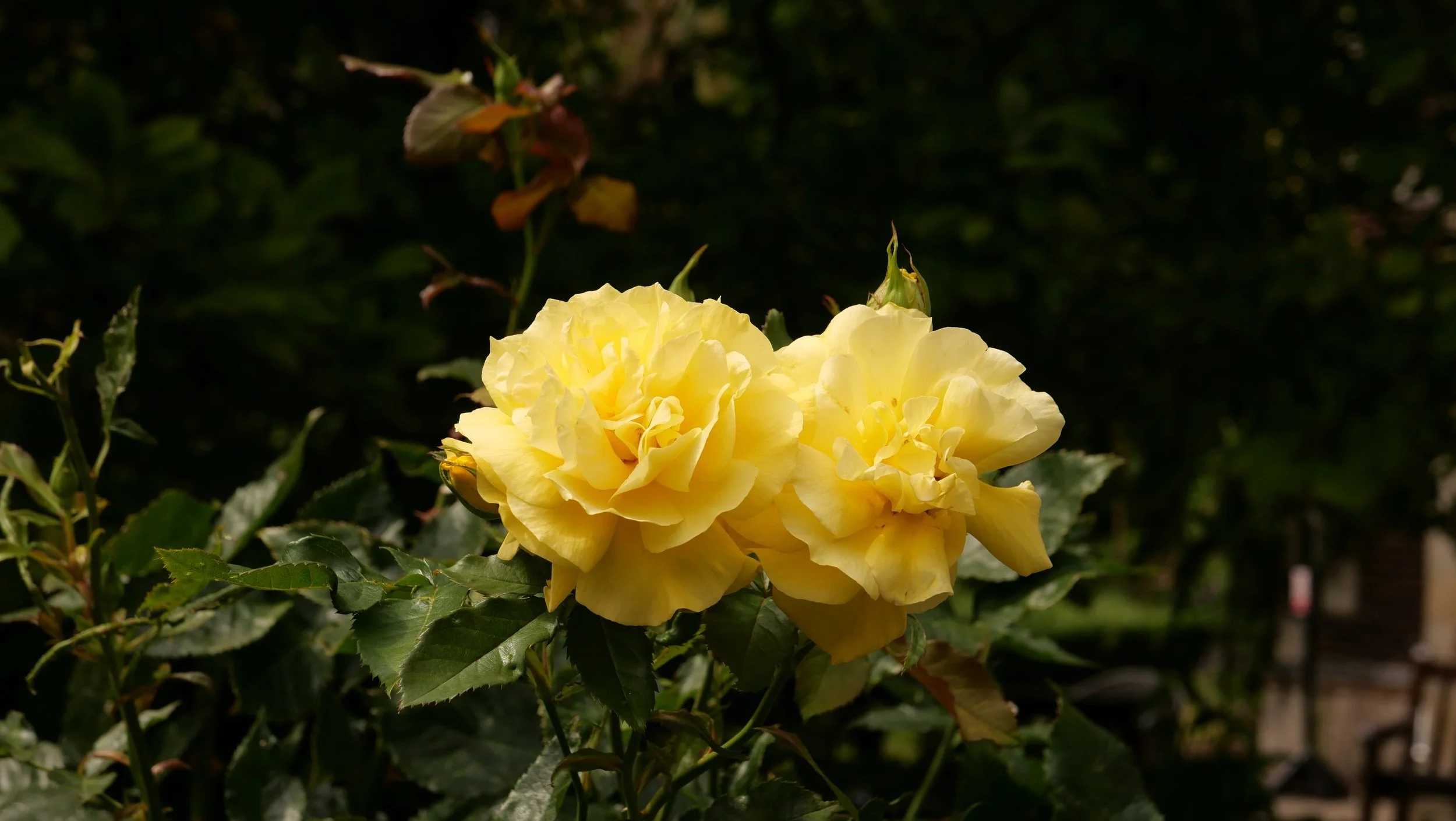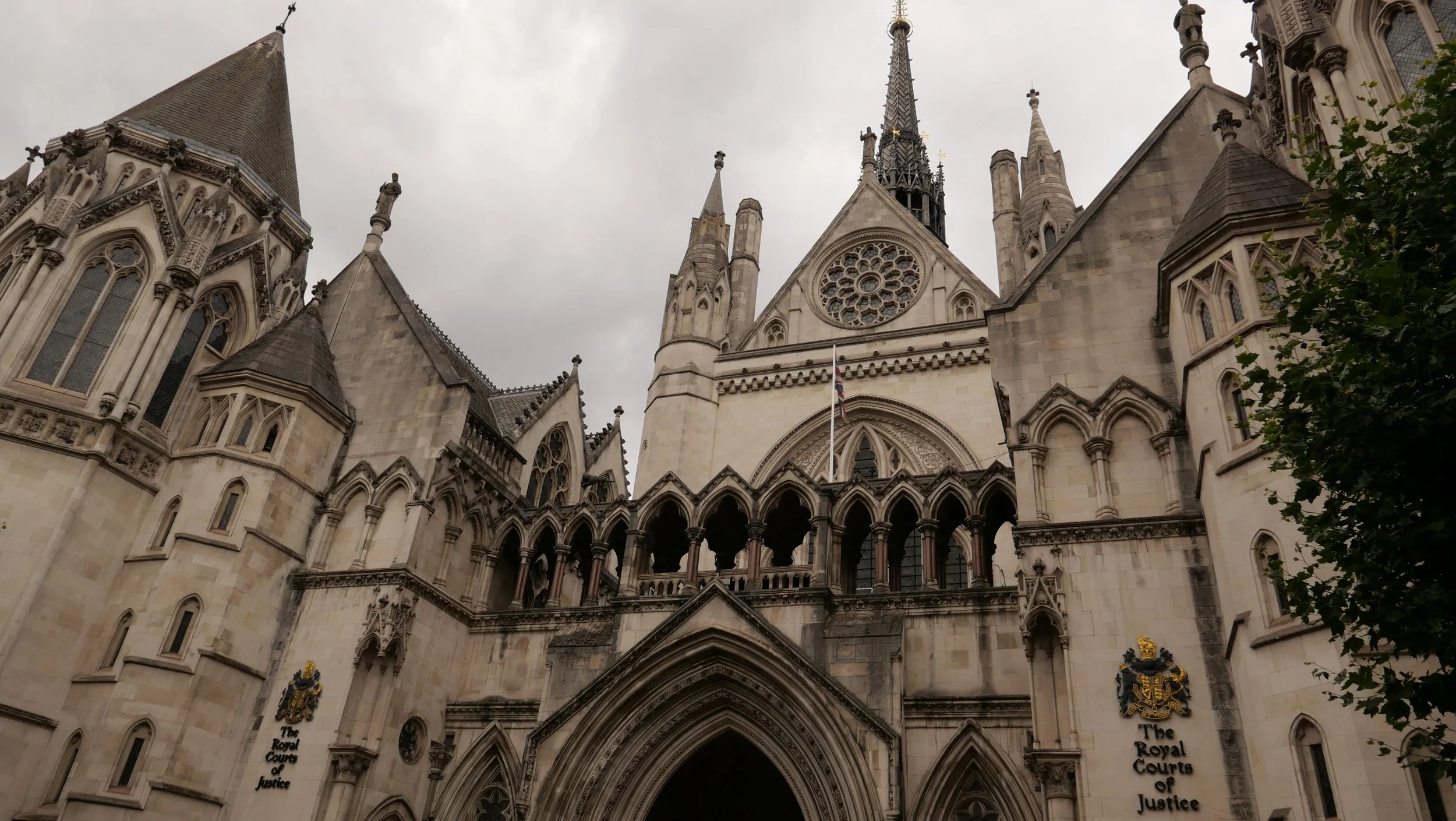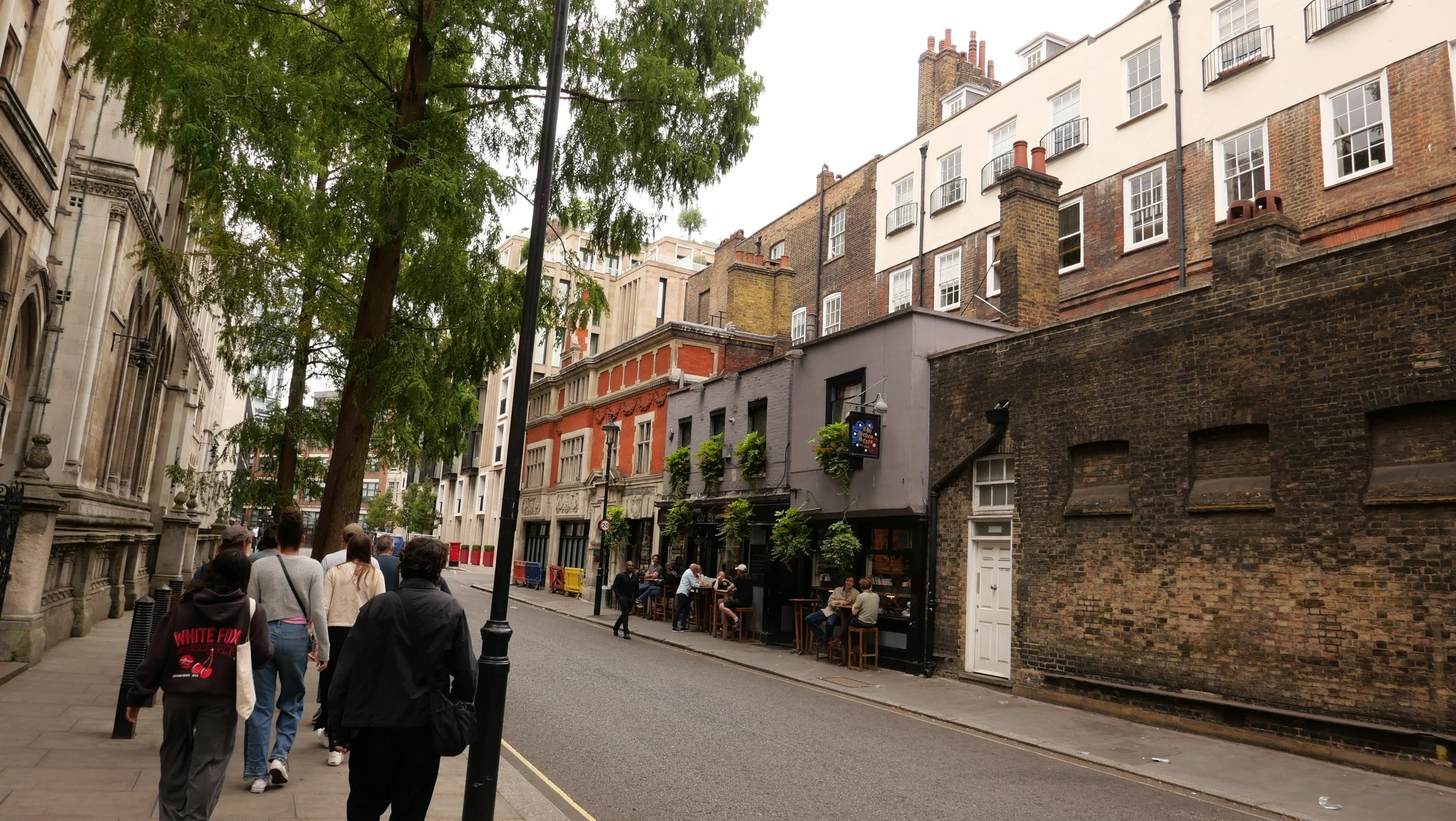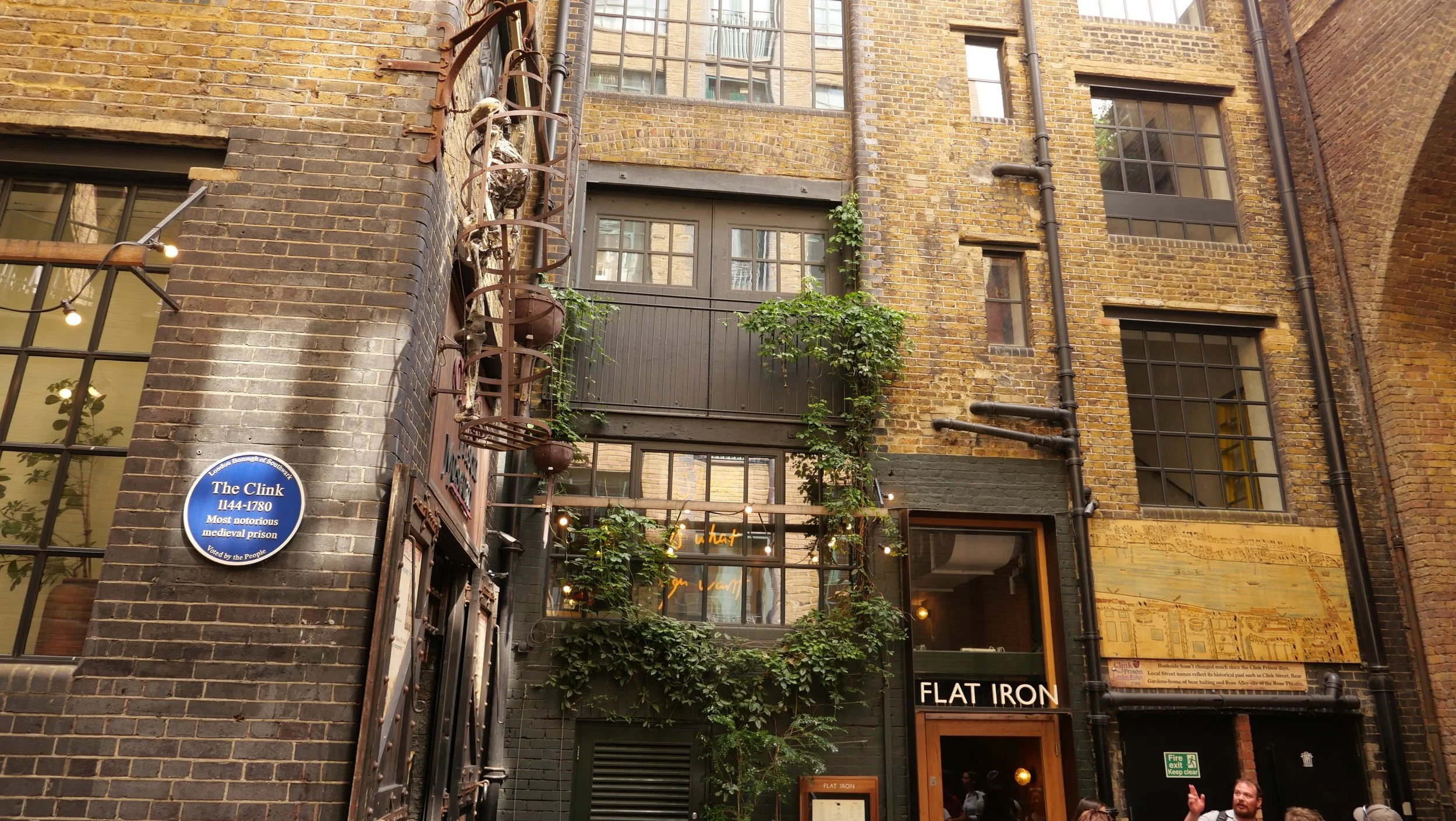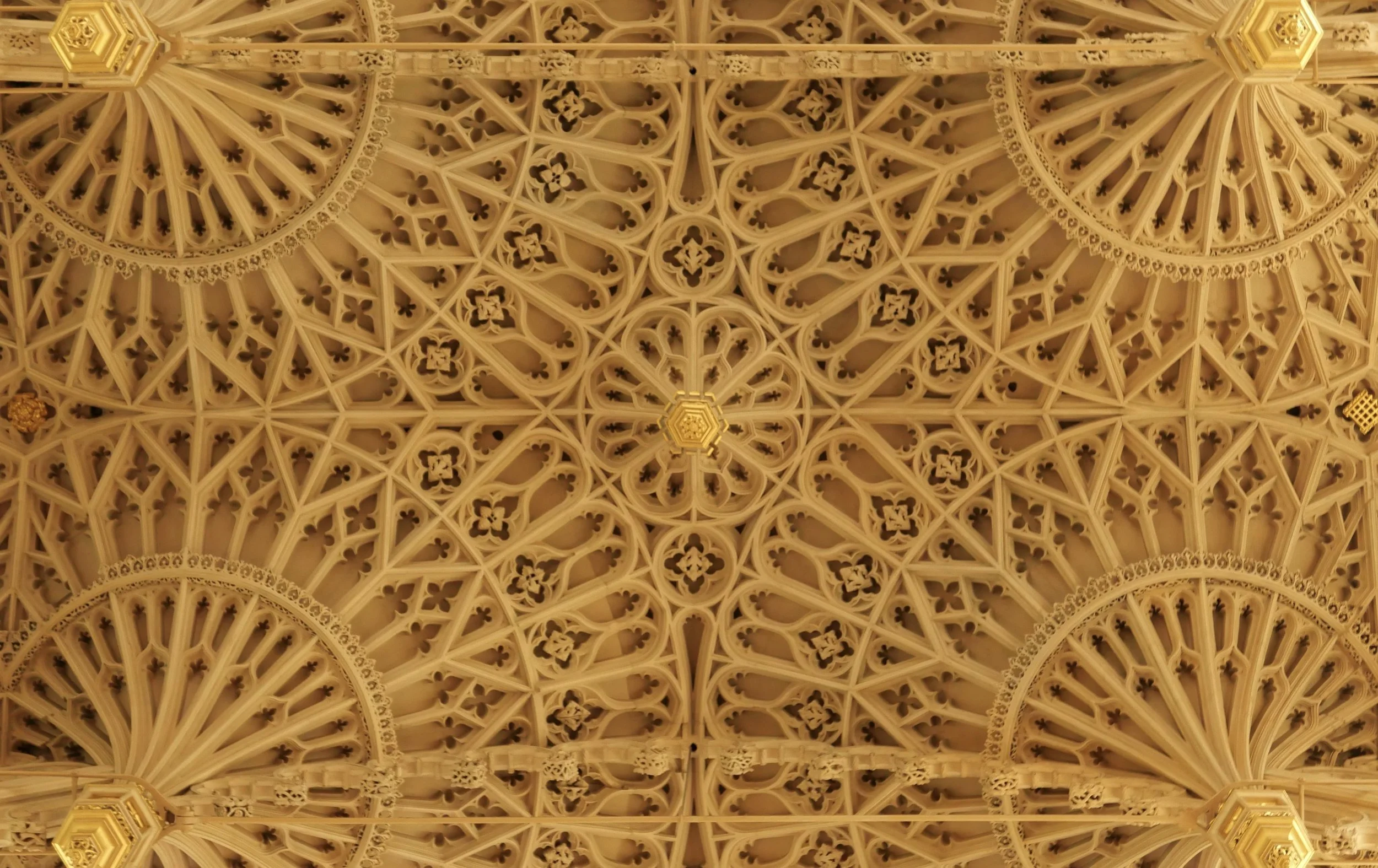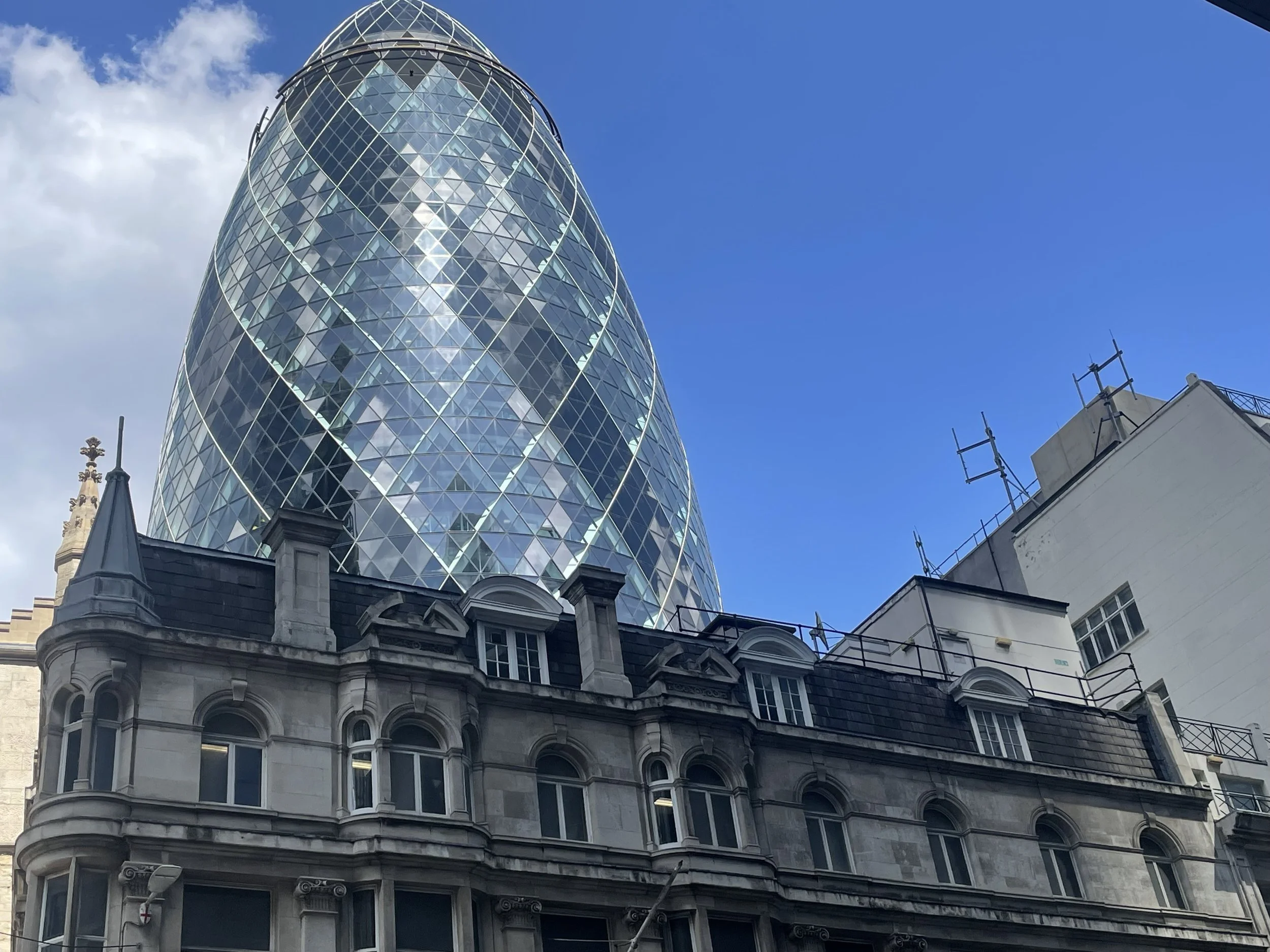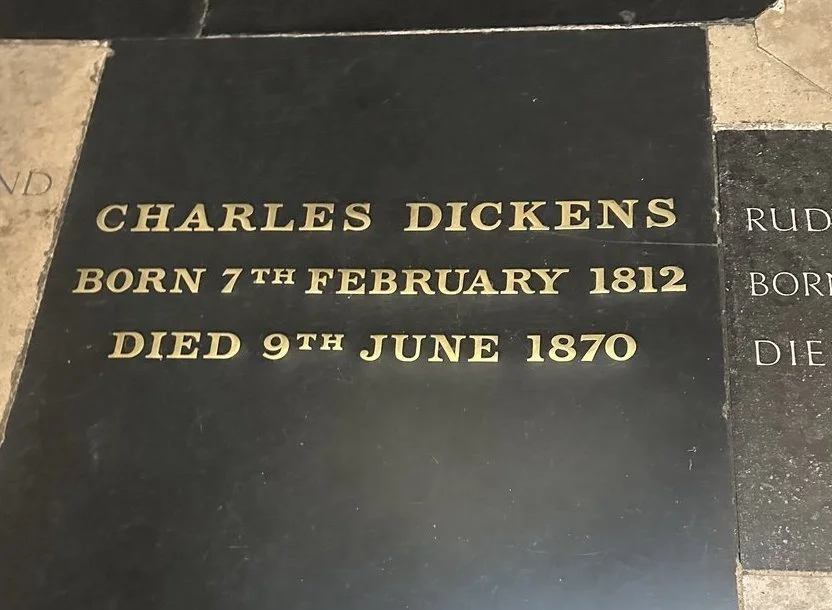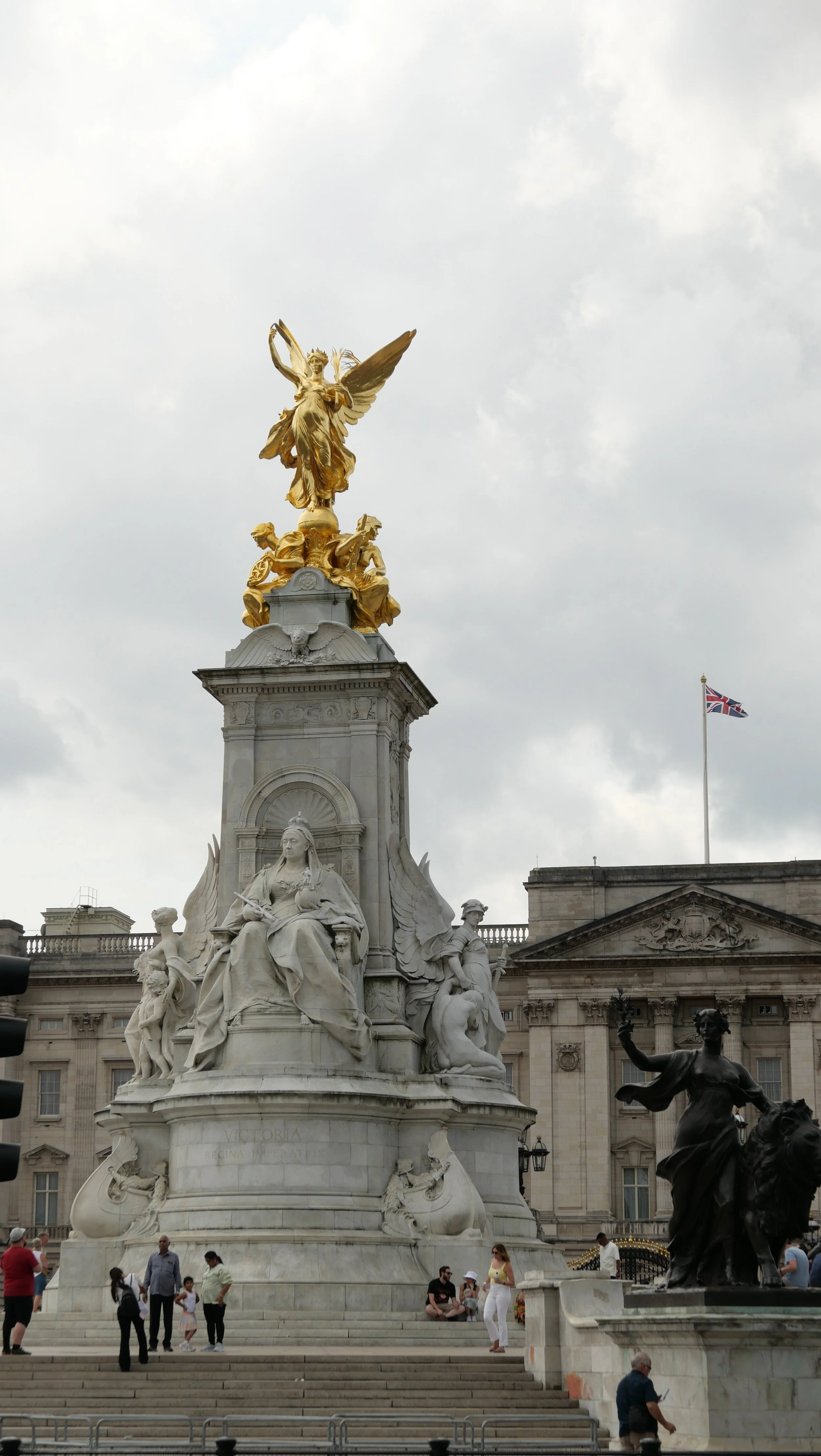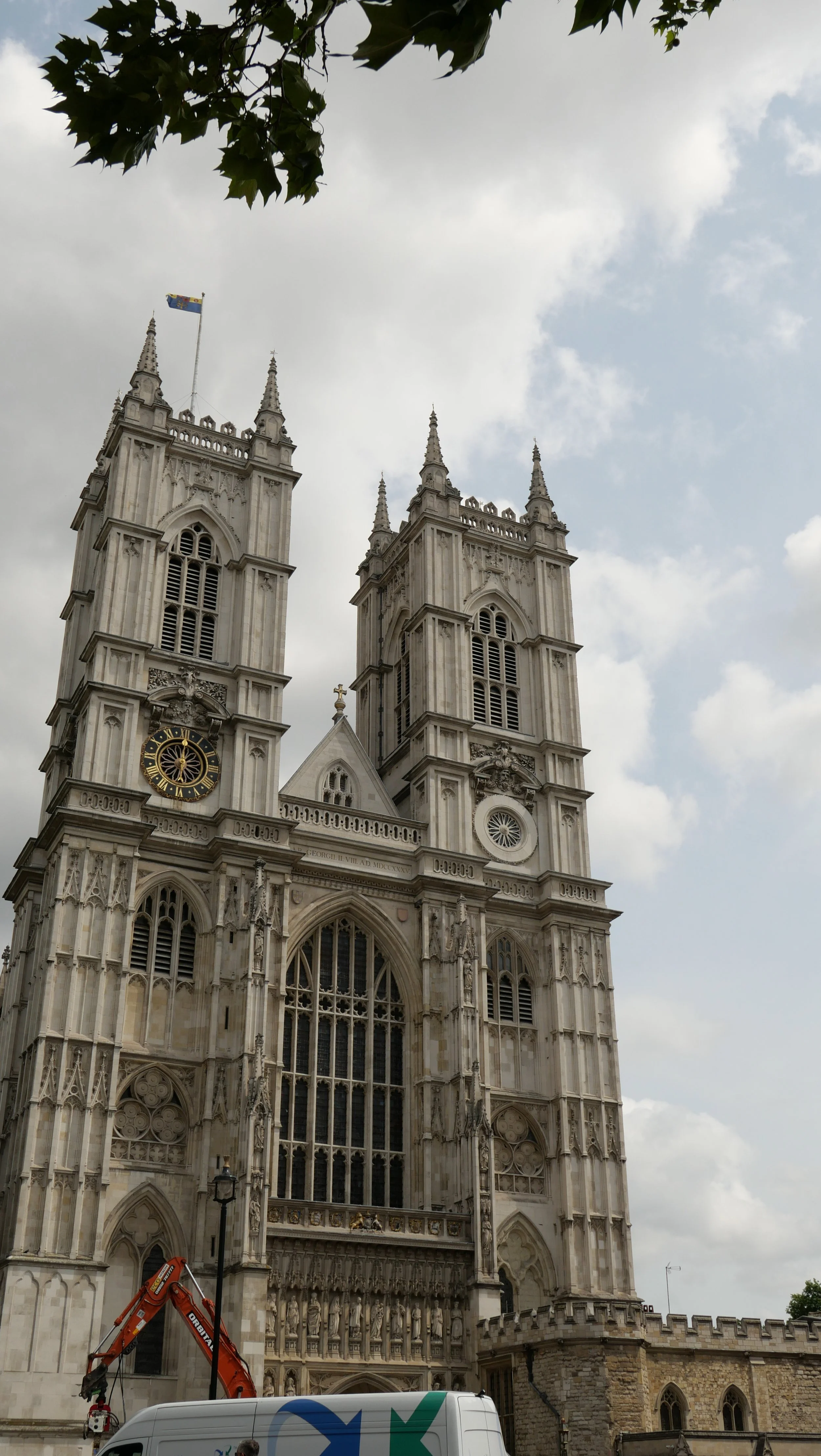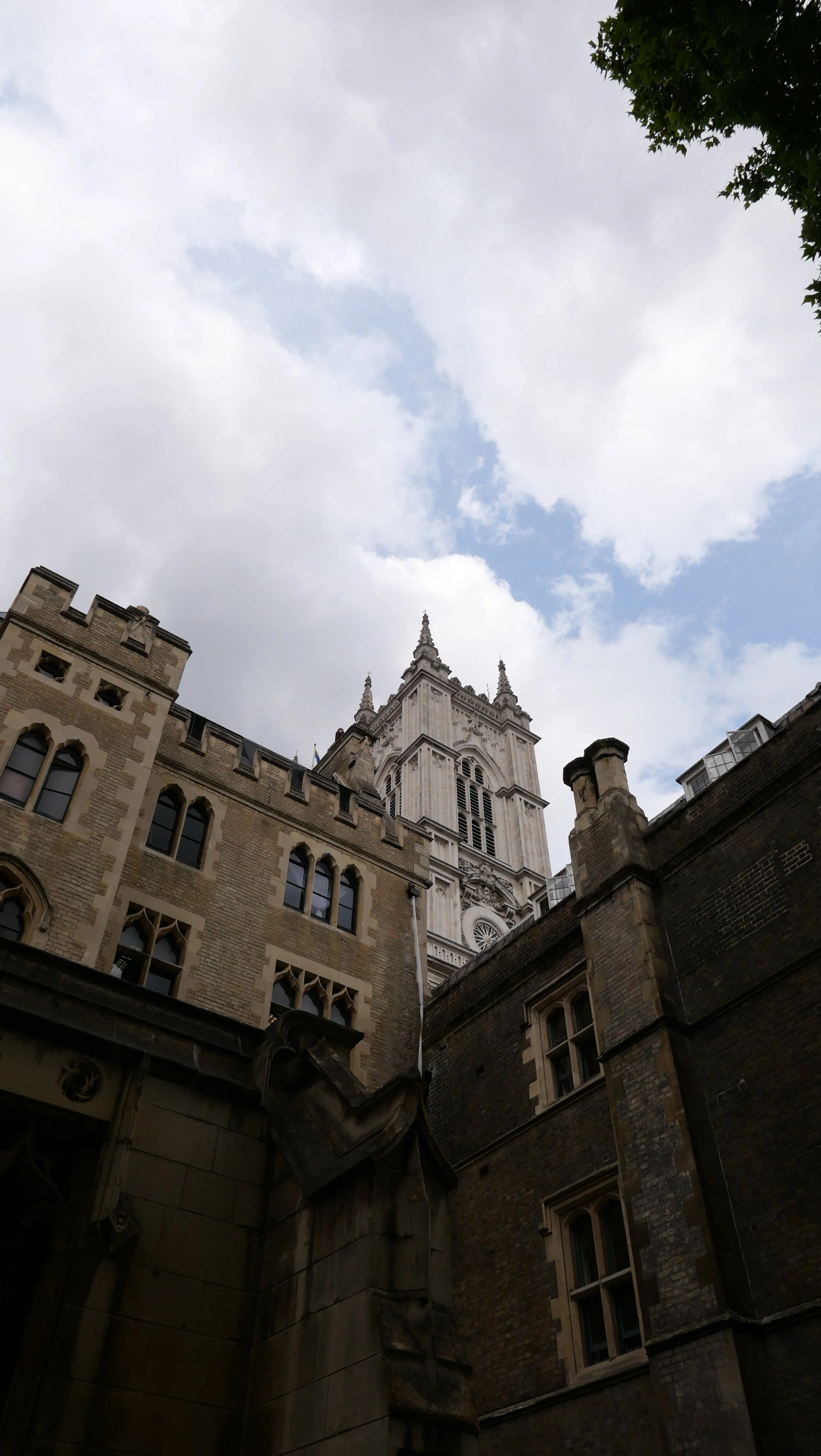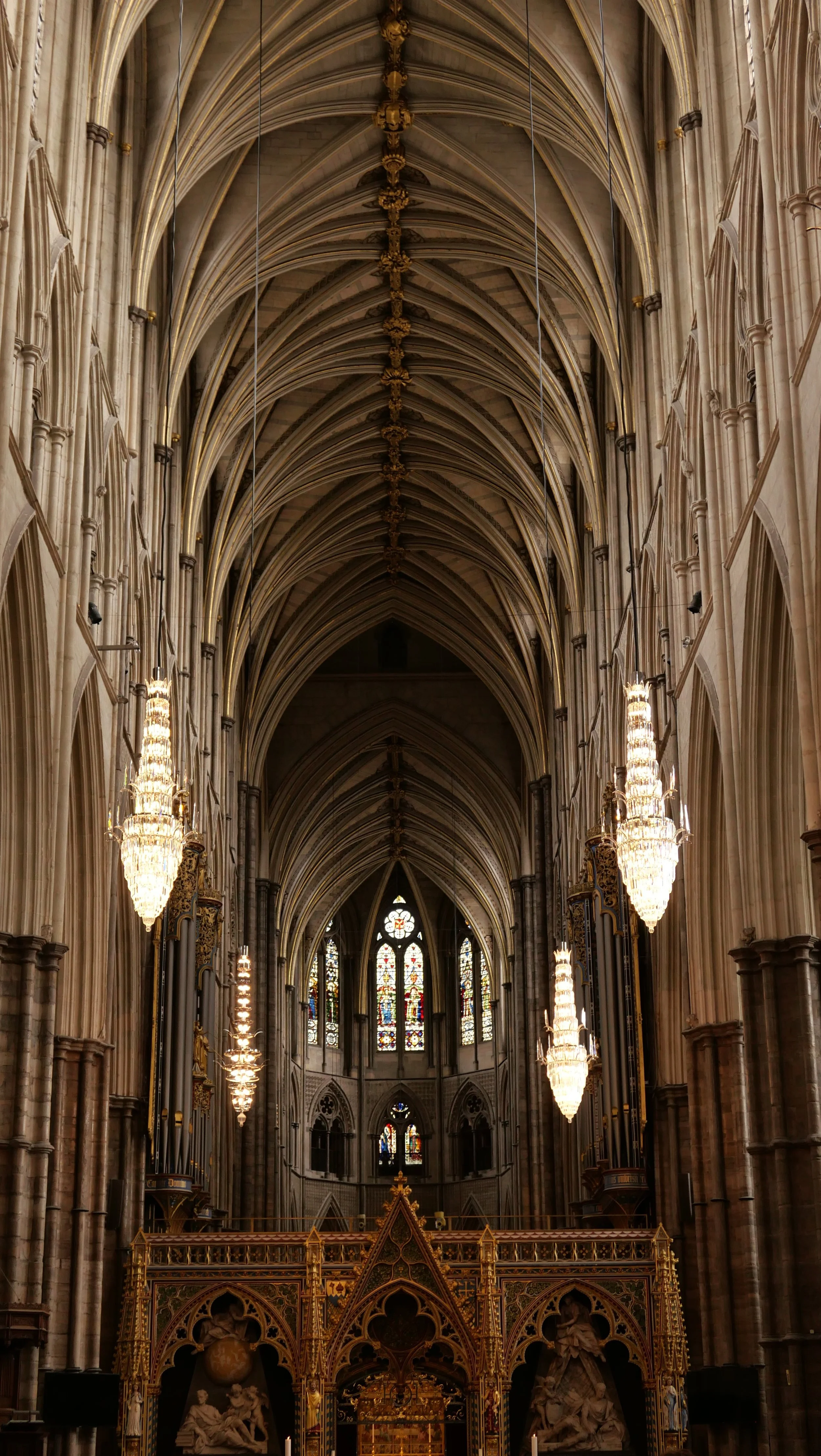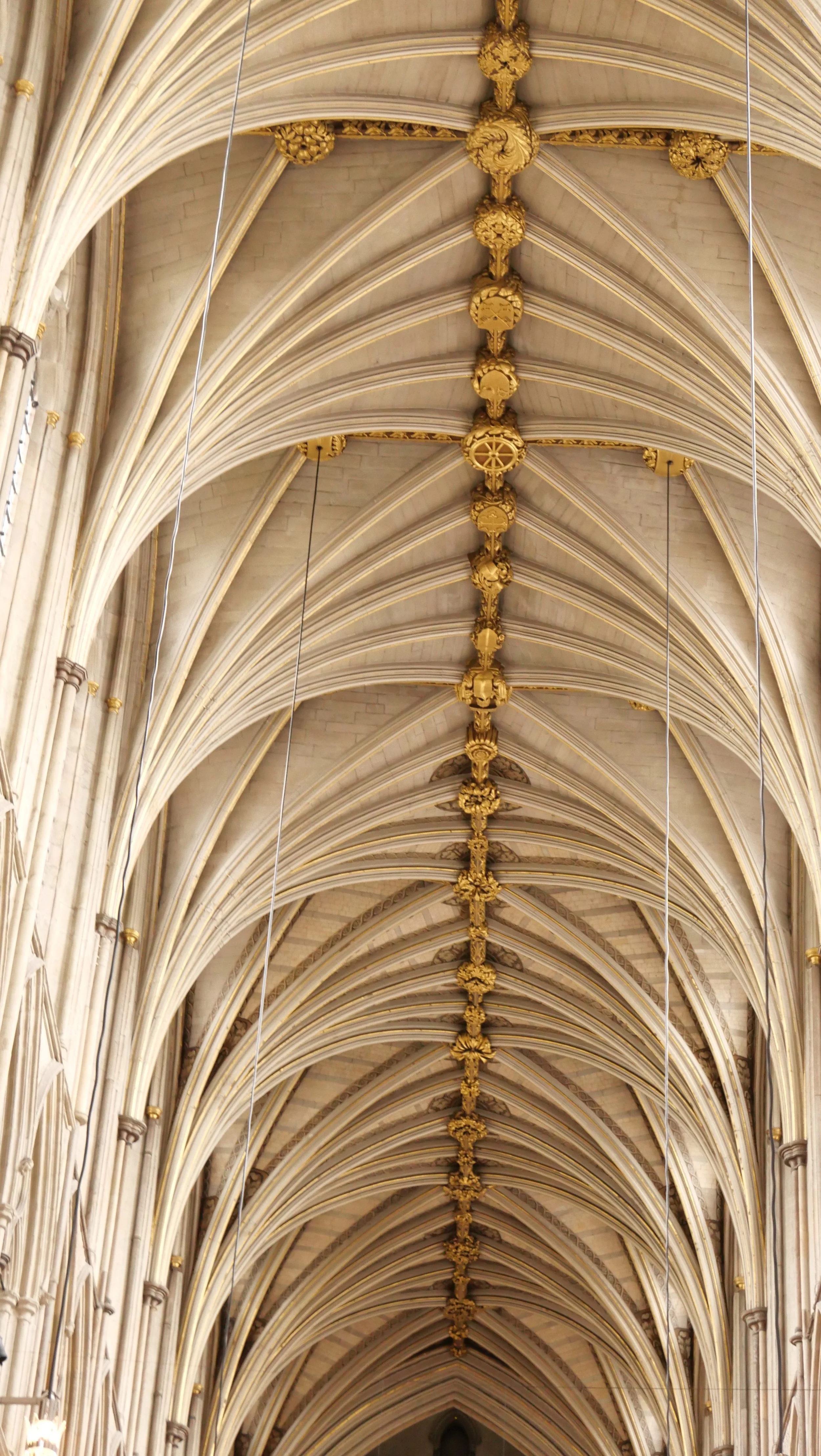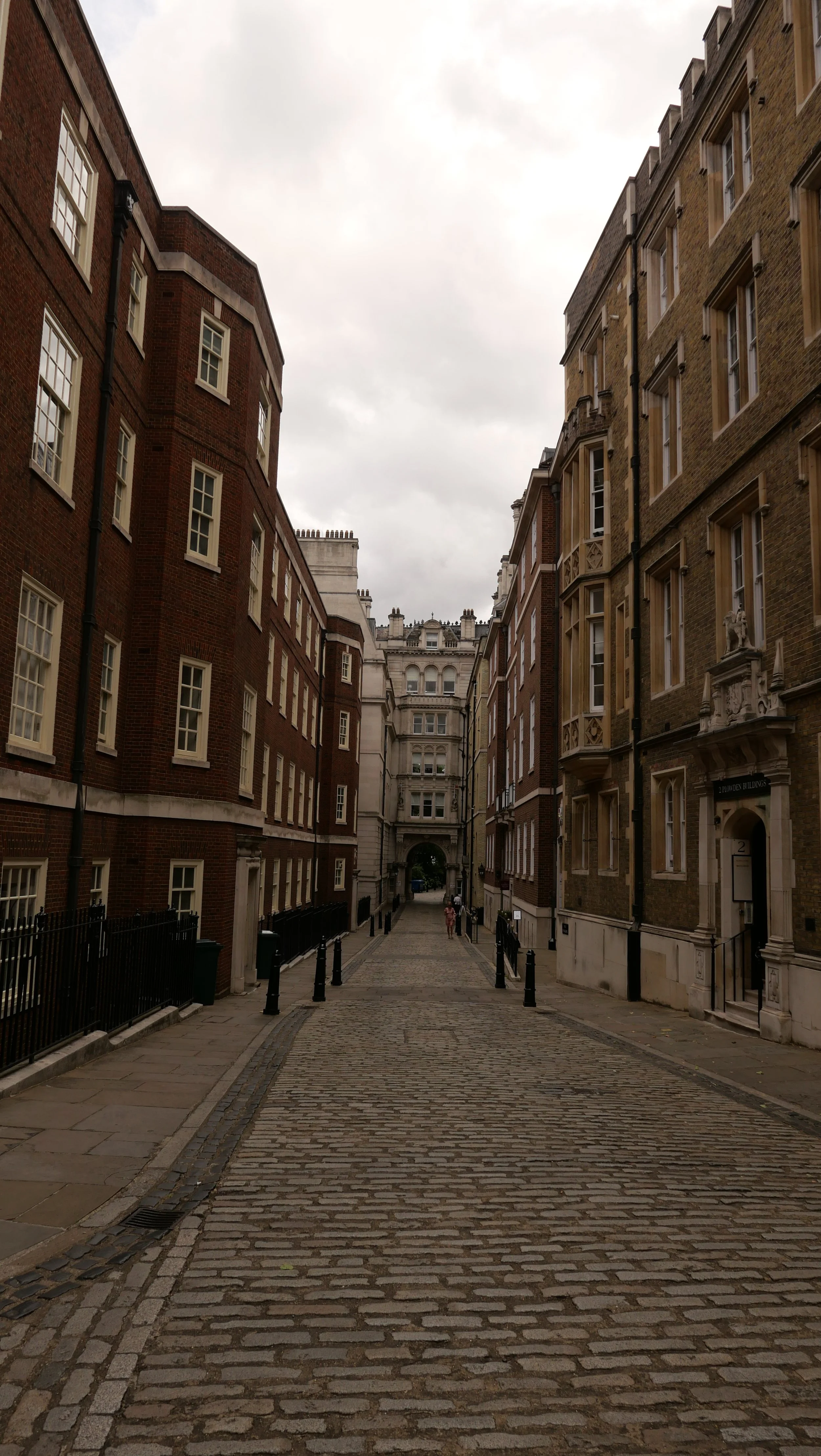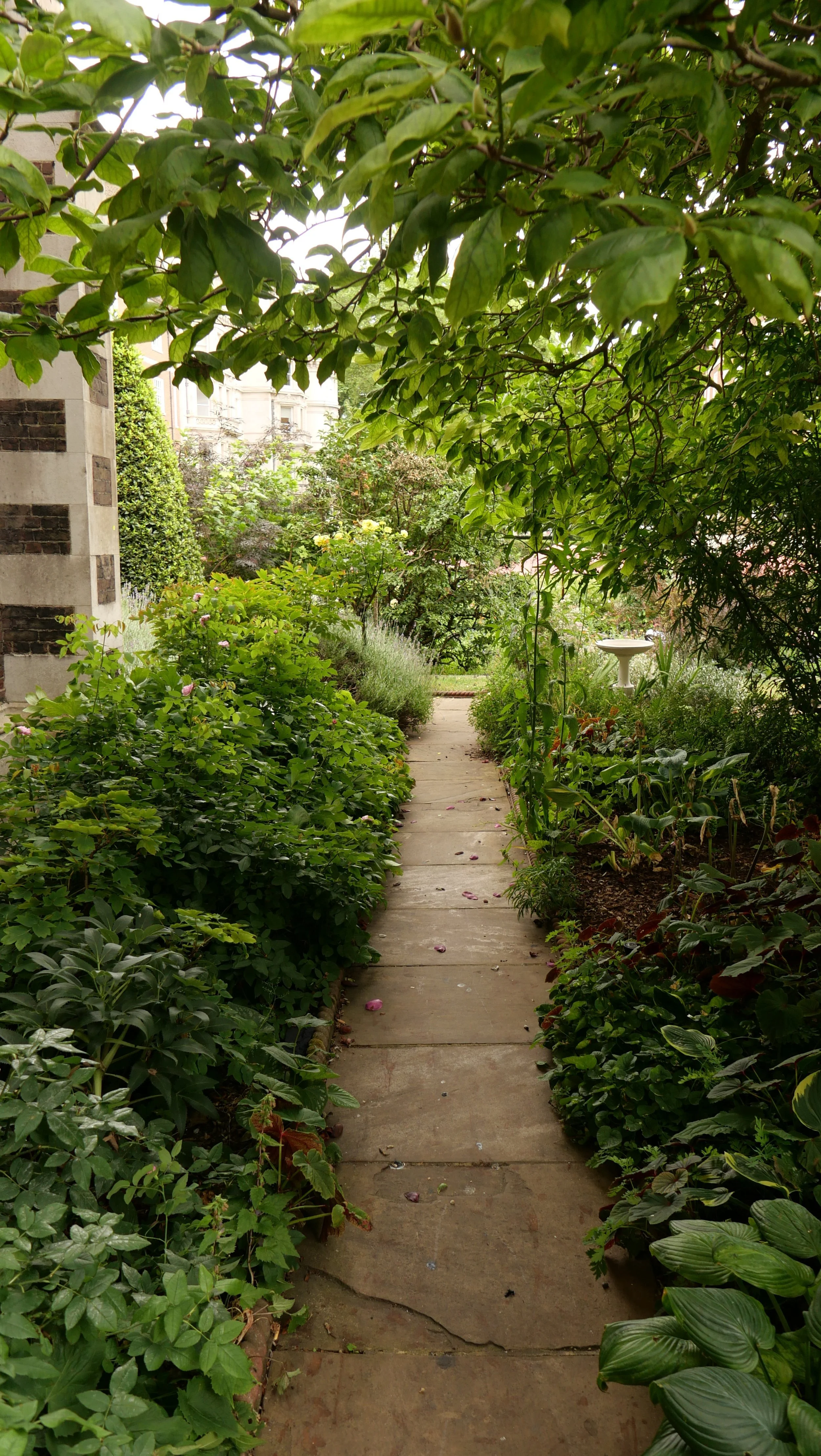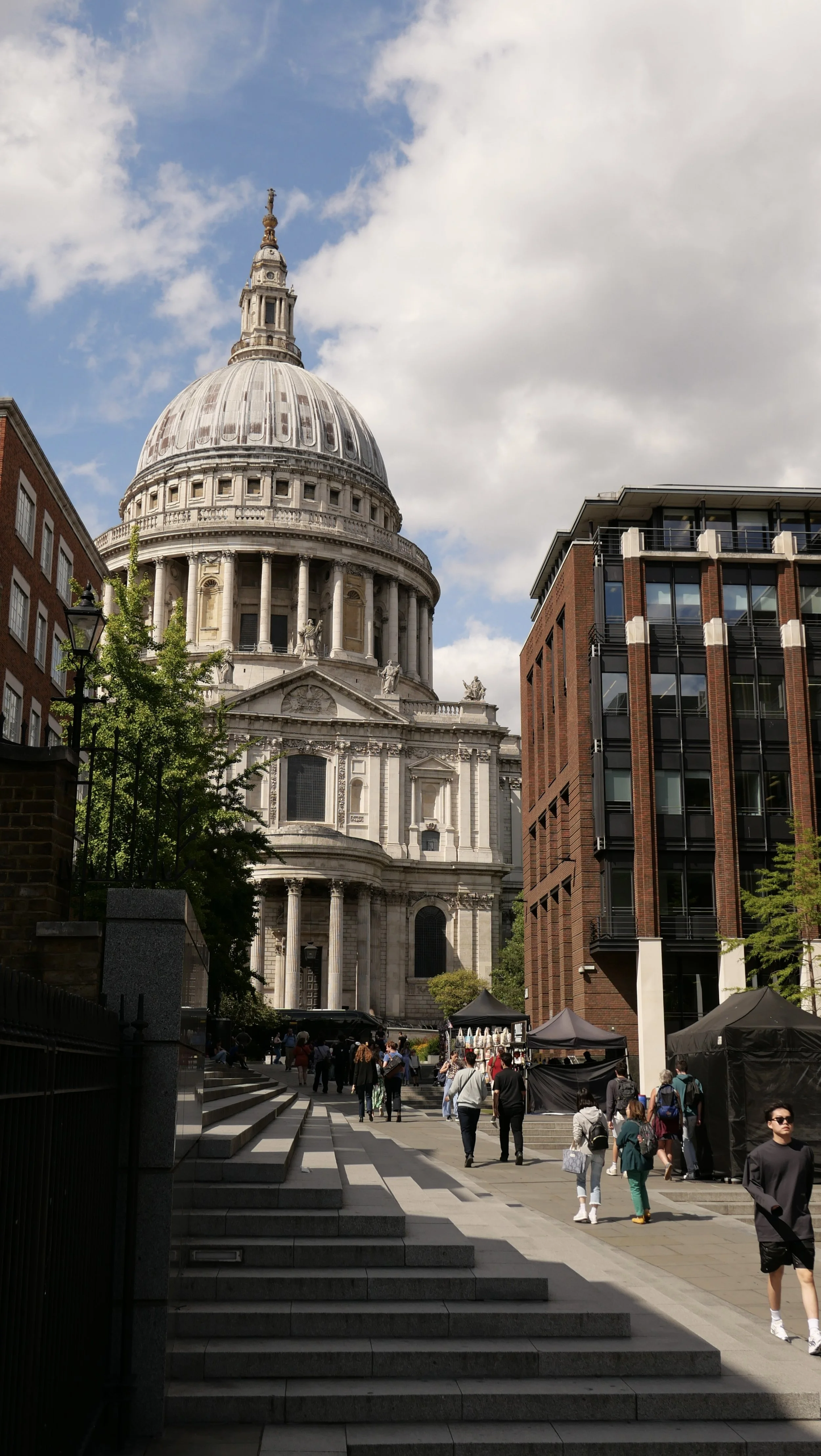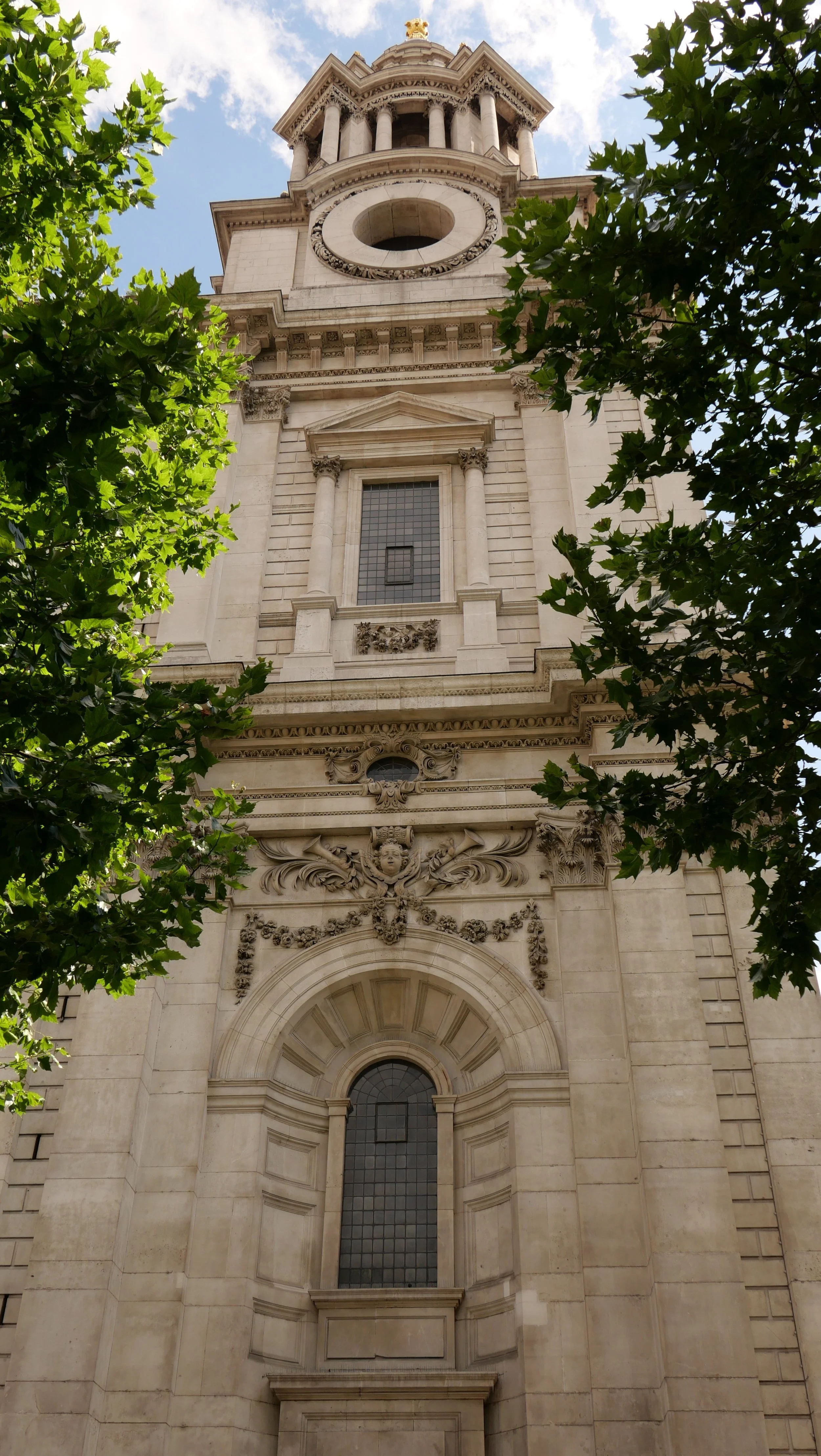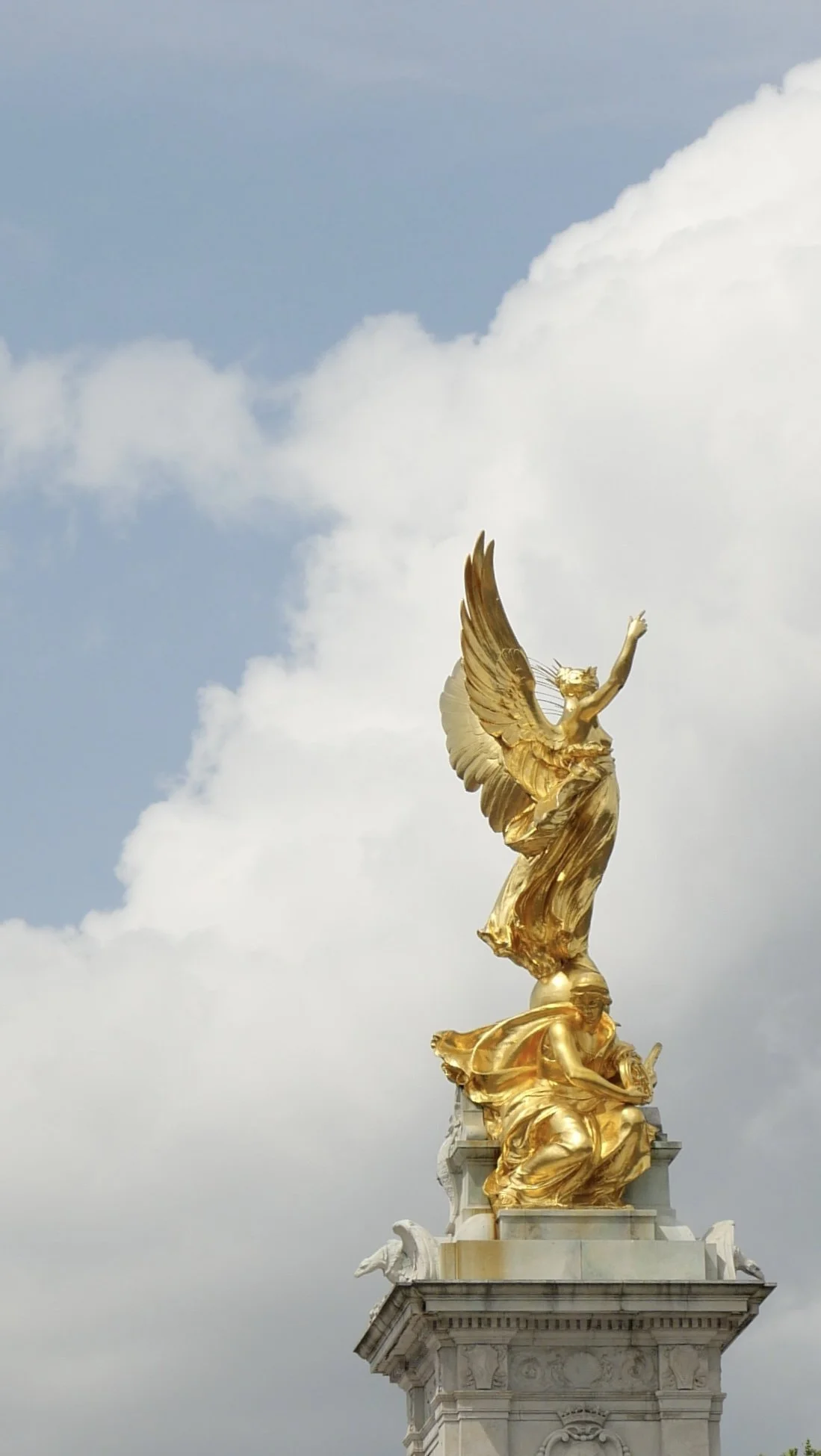Exploring the inside of Westminster Abbey, seeing Buckingham Palace, and even eating lunch at Charles Dickens' favorite table in his frequented restaurant was incredible. Growing up in Los Angeles, an extremely young city compared to London, truly historic buildings are a rarity. Therefore, it’s truly been astounding to experience the sheer amount of stunning historical sites which are commonplace in London. Everywhere you turn there’s some visual wonder, from towering gothic cathedrals and court houses, to intricately detailed storm drains and golden crowns atop street lamps
There has clearly been emphasis placed on both preserving and protecting every aspect of historical heritage and beauty of London, and the fierceness which tradition is defended is undeniable. This characteristic of Britain was recognized and discussed by Charles Dickens in his Tale of Two Cities, and his critical tone pushed me to observe this aspect of British culture more closely.
“(The British)…very often disinherit sons for suggesting improvements in laws and customs that had long been highly objectionable, but were only the more respectable ”
There are both positive and negative aspects to protection of the old, and the culture, resources, and practices which London therefore cultivates.
London’s emphasis on the preservation of tradition has resulted in a level of living history I had yet to experience prior to arrival. The fact that people casually walk past century old cathedrals on their way to work, have lived in the same apartment buildings for countless generations, and constantly are surrounded by historical wonders is mind blowing. It feels as if a past timeline has collided with our modern one, resulting in a medieval castle just outside of a hyper-modern skyscraper. But this was no accident, as there is clearly a distinct care and attention given to both the history and preservation of historical London. Despite Britain's rain, wind, and snow, I have yet to see a truly weathered or dilapidated building. Scaffolding is scattered around the city, filled with workers who ensure the upkeep and maintenance of these ancient structures. London not only protects the physical integrity of its city, but the cultural heritage as well. Blue circle signs and black plates are common across the city, each detailing the historical importance of whichever building or street they accompany. From a set of stairs where a character was killed in Oliver Twist, to detailing a historical figure who once lived in an apartment, London preserves it’s history and traditions through these educational resources.
The detail and artistry of London’s historical buildings demonstrate a clear emphasis on visual cohesion and beauty. While it might not be continued through its modern skyscrapers, London without a doubt still holds this cultural value, most evident through its emphasis on natural beauty and green spaces. There are flowers absolutely everywhere, from rose-filled baskets hanging from lamp posts, ivy and petunias spilling out of window stills, to pots and pots filled to the brim in front of shops and homes. Towering mature trees line the sidewalks, thoughtfully planted and cultivated so as to not uproot the sidewalks. There are so many public parks people flock to, which are kept so clean that it’s rare to spot anyone with a picnic blanket. In a purely modern utilitarian sense, these additions to the city are completely unnecessary, inferior in the face of pure efficient practicality. However, London persists in its striving towards beauty. Even if its modern buildings can lack the attention to visual detail as they had in the past, London's tradition of beauty and visual cohesion is without a doubt still present in its green spaces.
Unfortunately, London’s emphasis on tradition has led to aspects in which, as depicted in the Tale of Two Cities, a lack of change and innovation which would result in improvement. While a definitive statement can’t be made, the degree to which historical and traditional sites are protected and prioritized is likely a contributing factor. There is an enormous lack of accessibility in London, particularly in regards to wheelchair and handicapped access. Handrails are scarce, elevators are rare, and I have yet to see any ramps. This is frequently an issue regarding historic buildings, with the argument for historical preservation or structural integrity often winning over accessibility. However, when the entire city is filled with hundreds upon hundreds of historical buildings, a large issue of accessibility presents itself. This isn’t an issue that just concerns specific museums or ancient cathedrals, but fundamental and basic necessities of daily life. The London Underground is the world's first underground railway and extremely historic, but is a nightmare in terms of accessibility. While they do have elevators, once you exit there are still several flights of stairs necessary to reach the train. Similarly, there are escalators sandwiched between several flights of stairs. While disability is in no way singular, the sheer amount of stairs which are still required makes the London Underground lack accessibility in key areas. This is just one example of a larger problem across London, which stems from a lack of improvement and change.
Furthermore, there is a general lack of A/C amongst the majority of buildings in London, especially in regards to historical ones. The reasoning behind this is likely similar to the lack of implementation of accessibility in historic buildings, to preserve and not damage historical buildings. However, the lack of A/C is concerning in several regards, specifically to the preservation of these cultural sites. While Britain is typically cold, overcast, and rainy throughout the year, our rapidly warming planet has resulted in brutal heat and humidity during the summer months. High temperatures and humidity is very problematic when it comes to the preservation of ancient art and buildings, as paint can crack, wood can warp or split, and the structural integrity of paintings can be damaged. While implementing A/C would require large amounts of construction to historical buildings, change must be made in order to preserve them as temperatures increase.
Overall, the clear emphasis placed on maintaining history, culture, and tradition has both benefits and detriments. It has allowed for London to be an incredible hub for history and beauty, while also slowing it down in the adoption and implementation of typical modern necessities. In a city so fundamentally different from my own, it was amazing to see how differences in culture and values resulted in tangible, physical differences in the cityscape.
